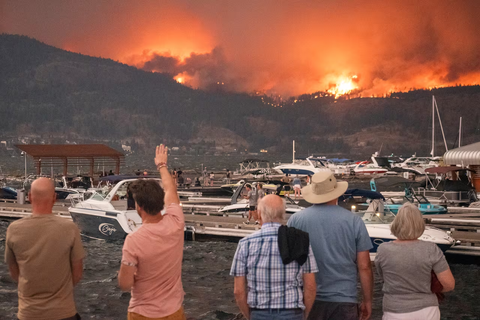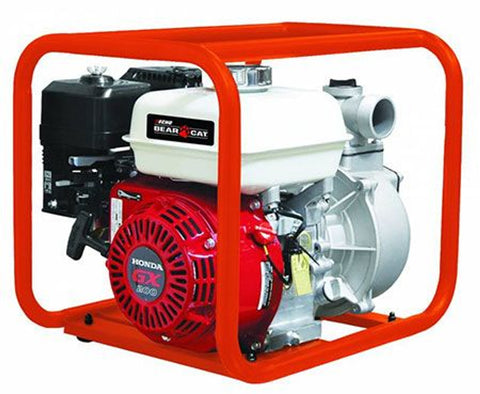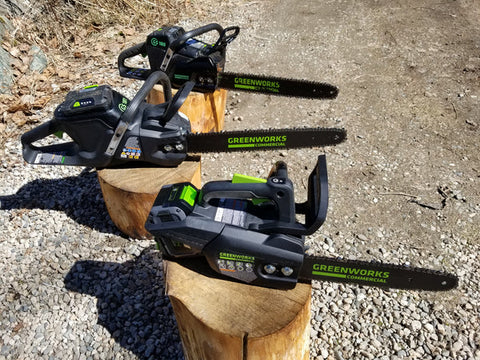7 Steps To Protect Your Home from Wildfires
Ground zero for managing wildfire risk starts at your home. You owe it to your neighbours for your house not to ignite theirs due to combustibles or poor planning. We owe it to our neighbours also to avoid creating a risk to them. This increased risk was clearly shown last summer 2023 with the Kelowna, B.C wildfire. Over 35,000 people were under an evacuation order where 50 homes and 190 properties were lost or badly burned. High winds spread the fire to cover 13,000 hectares and and smoked fill the valley for a month.

A typical scenario is where one house catches fire, often due to poor combustible management, and then the whole neighbourhood becomes in danger. When this happens, what typically remained were green leaved well-limbed trees. The lesson learned is that flying embers were the real issue, rather than the myth of a line of fire coming through the forest. If embers were allowed to collect in the corners or vents of windward houses on wood piles or combustibles, it was all over.
This risk can be greatly reduced or even prevented with a few basic house and yard maintenance jobs that can take as little as a weekend of effort. Trimming and limbing trees using an electric chainsaw is a great way to start reduce fire risk around your home. Roof sprinklers and a back up water tank supply of 500 to 1,000 gallons connected to an independent water pump or generator.
NOTE: Grizzly Shelter Ltd is a Greenworks Commercial electric lawn and garden tools dealer for the interior Kootenay region of British Columbia only.
To find a dealer in your area, click here.
1) Move firewood, plastics and propane

This is the single best way to save your home. Moving combustibles at least 10 to 30 meters away from your structures could easily save your home and outbuildings. The main fire starters are wood piles, gas, propane, bikes and plastic items (furniture, flower pots, children toys/slides etc) which burn hot and long or even explode. Having a steel storage shed which is fireproof from embers is also a great idea for storing other valuable and flammable items such as bikes, lawn equipment and tools. Using electric garden tools vs gas also allows you to avoid storage of flammable gas/oil/rags.
2) Get rid of bark mulch and dry grasses
Creating a "humidity dome" around your house is a proven way to prevent wildfires from destroying your home. Roof top sprinklers are very inexpensive to setup, and if you are rural, a 500 to 1000 gallon water tank with a fire pump is even better. Flying embers with either go out or at least be diverted away from your home. It's also important not to trim your grass too short, since it can dry-out and burn quickly.
3) Clean your roof and gutters.

Hose or sweep off your roof to make it clean of debris, branches and highly flammable pine needles especially. Be sure to trim any branches overhanging on to your roof or trees that have branches with 6 feet of your structure. Embers will look to jump onto your home, so don't give them anything to catch fire on. Gutters and dormers can collect needles and twigs and embers can find them and ignite your roof. Even old asphalt shingles can have dried out mosses that can ignite.
4) Good windows and screens on vents

A common reason houses go up is when flying embers enter the home or land on your roof. Often they go into dryer vents, roof peak ducts or other areas in your roof or walls. It's game over once your attic or soffits catch fire since it's really hard to access them before its too late. Single pane windows often shatter in the heat of a blaze, where as 2 or 3 panes survive.
5) Remove hanging tree limbs
Healthy mature trees are over 50% water, typically have fire-resistant thick bark and will not burn. However, dead branches that are dried out and within 6 feet of the ground can ignite from a grass fire or embers. Removing these with an electric pole-saw or chainsaw or trimmer is an efficient way to fire smart your area. Electric tools also have less fire risk since no gas is required. They are also 50% quieter, 30% lighter and have 3 times less vibration than gas chainsaws, almost zero maintenance and a lower total cost of ownership.
6) Add metal flashing/siding
 Using old steel roofing is also an effective way to protect wood siding and trim. If you have a wooden trellis as a skirt around your house or crawl space, think again. Embers can blow in and burn leaves/wood from underneath your home. In the Interior Kootenay region, the prevailing wind is from the South and West, so that would be the priority for protection.
Using old steel roofing is also an effective way to protect wood siding and trim. If you have a wooden trellis as a skirt around your house or crawl space, think again. Embers can blow in and burn leaves/wood from underneath your home. In the Interior Kootenay region, the prevailing wind is from the South and West, so that would be the priority for protection.
7) Buy roof sprinkler system with water pump
A rooftop sprinkler system, coupled with a dedicated water pump and fire hose, is an advanced and highly effective method for protecting homes from the threat of fires, especially in areas prone to wildfires or in suburban settings where houses are closely packed together. This can create a "humidity dome" of moisture around your house that will extinguish flying embers from an approaching fire.
 This system consists of a network of sprinklers strategically installed across the rooftop, designed to cover all areas of the roof with a uniform spray of water. The sprinklers are connected to a series of pipes that lead to a main water supply such as a town system or 1,000 large tank on your property. At the heart of this system is a powerful water pump, which ensures a steady and forceful flow of water to the sprinklers, even in areas where water pressure might otherwise be insufficient.
This system consists of a network of sprinklers strategically installed across the rooftop, designed to cover all areas of the roof with a uniform spray of water. The sprinklers are connected to a series of pipes that lead to a main water supply such as a town system or 1,000 large tank on your property. At the heart of this system is a powerful water pump, which ensures a steady and forceful flow of water to the sprinklers, even in areas where water pressure might otherwise be insufficient.
8) Have a wildfire evacuation plan
Don't wing it. Having an emergency bin of belongings and a simple evacuation plan is critical. During a fire, utilities will either cut the power or it will go out. There will be lineups at gas stations, and charging your EV is not likely going to be an option. Have a jerry can of gas ready to take with you, or a backup battery charging system for your EV. Having an emergency evacuation kit with key personal items like good quality masks for smoke, clothing, toiletries, passports, laptops/computers, digital hard drives and other critical items that you will need while at a hotel or friends place. Pack a few days provisions that don't need refrigeration and a tank of clean water is critical. Think about your pets, and have their vet kennels ready for transport.

Visit https://firesmartbc.ca/ for more details on what you can do to protect your home.
FOOTNOTE: Most timber industry and logging proponents, argue that “fuel reductions,” i.e., logging and clearcutting prevents large forest fires. Ecologists and fire experts in Canada and the US confirm that this is just not true. An intact forest is by nature humid and moist, which means safer communities. It is climate/weather with extreme conditions of drought, low humidity, high temperatures, and high winds transferring embers that are responsible for the vast majority of large wildfires.
RELATED ARTICLE: Gas Mower & Leaf Blower Bans, Electric Tool Demand Grows




